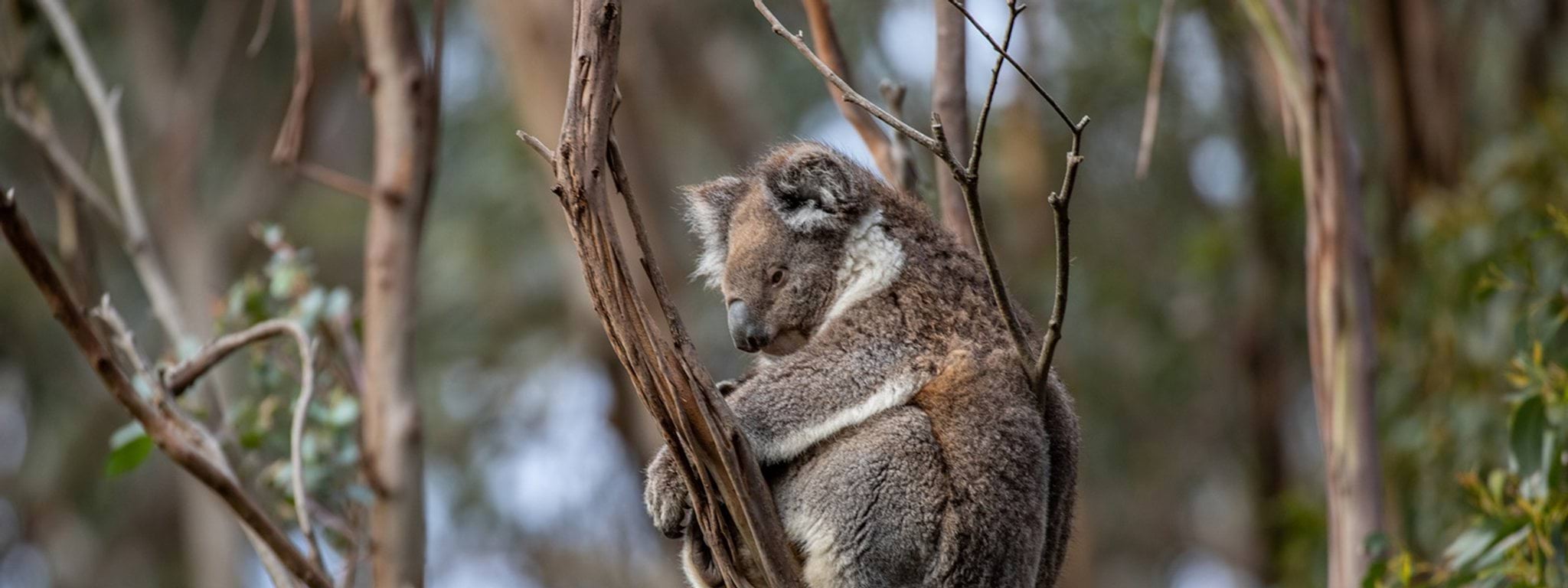Timber Harvesting Plan guidance for Councils and plantation owners and managers regarding the Code of Practice for Timber Production 2014.
The Code of Practice for Timber Production 2014 (the Code) is an incorporated document in the Victorian Planning Provisions. The Code must be complied with to the satisfaction of the responsible authority, generally the local government authority (e.g. council) responsible for administering the local planning scheme.
A Timber Harvesting Plan must be submitted by plantation owners or managers to the relevant council not less than 28 days prior to the commencement of timber harvesting operations.
Existing Code requirements
Under clause 4.5.1.2 of the Code, when preparing a Timber Harvesting Plan the following issues must be addressed:
- protection of relevant environmental and cultural heritage values;
- methods to minimise impacts on water quality and river health from timber harvesting and associated roads; and
- any necessary arrangements with the distribution authority for the electrical operational control of power lines during harvesting.
Further, under clause 4.5.1.3, the Timber Harvesting Plan must include:
- landowners name and address
- the months during which operations are to occur;
- estimated timber volumes to be harvested;
- proposed haulage routes;
- a map showing:
- the plantation or coupe location;
- significant features within the coupe boundary including waterways and any areas reserved or specifically managed for protection of biodiversity or cultural heritage values;
- the area(s) to be harvested;
- new or upgraded roads;
- power lines;
- plantation infrastructure
- conditions applying to the timber production operation, including any permit conditions where required; and
- fire protection measures.
Additional information recommended by the Conservation Regulator
If a blue gum plantation owner or manager wants to use a Timber Harvesting Plan to satisfy the information assessment needs of the Conservation Regulator, their plan would need to include the following:
- Harvest and spotter contractors.
- Plantation height and age.
- Expected Koala density.
- Predicted Koala spotting difficulty.
- Specific risks identified and mitigation measures.
- Estimated harvest rate per day (hectares).
- Subsequent land use.
- Proposed stump treatment.
- Harvest system.
- Number of harvesters.
- Operating hours.
- Shift length and number of shifts per day.
- Number of spotters at start of operation.
- Veterinary or wildlife rehabilitator contacts.
- Harvest sequence.
- Maps which shows surrounding landscape (including identifying plantations, native vegetation, farmland etc.), harvest sequence and direction of harvest, planned Koala dispersal direction.
The following table provides the rationale and expectations for the additional information recommended by the Conservation Regulator. For further information, visit the Conservation Regulator’s website(opens in a new window).
Additional information | Rationale | Expectations |
Harvest and spotter contractors
| Clear roles and responsibilities. | Harvest and spotter contractors are appropriately trained and experienced. |
Plantation height and age
| To understand the maximum height and approximate leaf density that spotters will be looking for Koalas in. | Plantation height and age is clearly stated. |
Expected Koala density
| To indicate approximate numbers of Koalas that will be displaced. | Koala density will be the result of pre-harvest survey and is expressed as number of Koalas per hectare. |
Predicted Koala spotting difficulty
| Understand likelihood of Koalas being detected. | High, medium or low and reason why. |
Specific risks identified and mitigation measures
| Understand likelihood of Koalas being detected. | Specify other factors that may impact Koala detection and how they will be mitigated. |
Estimated harvest rate per day (hectares)
| To understand area that spotters must cover. | Estimate of hectares harvested per day. |
Subsequent land use
| To plan for handover and implications for Koalas and habitat | Clear explanation of land use after harvest, including if handed back to landowner. |
Proposed stump treatment
| To understand potential impacts on Koalas. | List proposed coppice treatment such as spraying. |
Harvest system
| Different harvest systems pose different threats to Koalas. | List machinery to be used and whether gullets will be cut at night. |
Number of harvesters
| Understand intensity of harvest and how Koalas can disperse. | Number of feller bunchers and number of single grips. |
Operating hours
| Indicates environmental conditions and how easily Koalas will be detected. | Operating hours should vary due to light and weather conditions. |
Shift length and number of shifts per day
| Shift lengths for spotters must consider fatigue. | Factors in risk of fatigue and health and safety concerns. |
Number of spotters at start of operation
| To understand the risk assessment at the site. | The number of spotters will be proportionate to the number of Koalas on site. |
Veterinary or wildlife rehabilitator contacts
| Contact details are on hand in the event of a Koala incident. | A vet or wildlife rehabilitator will be contacted immediately in the event of a Koala incident. |
Harvest sequence
| To indicate the direction that Koalas are likely to retreat. | Harvest sequence encourages Koalas to move towards alternate suitable habitat. |
Map shows site and surrounding landscape
| Consider the landscape context of the plantation and ensure that the Koalas on site will be able to disperse and have food and safe refuge at completion of harvest. |
|
Updated
